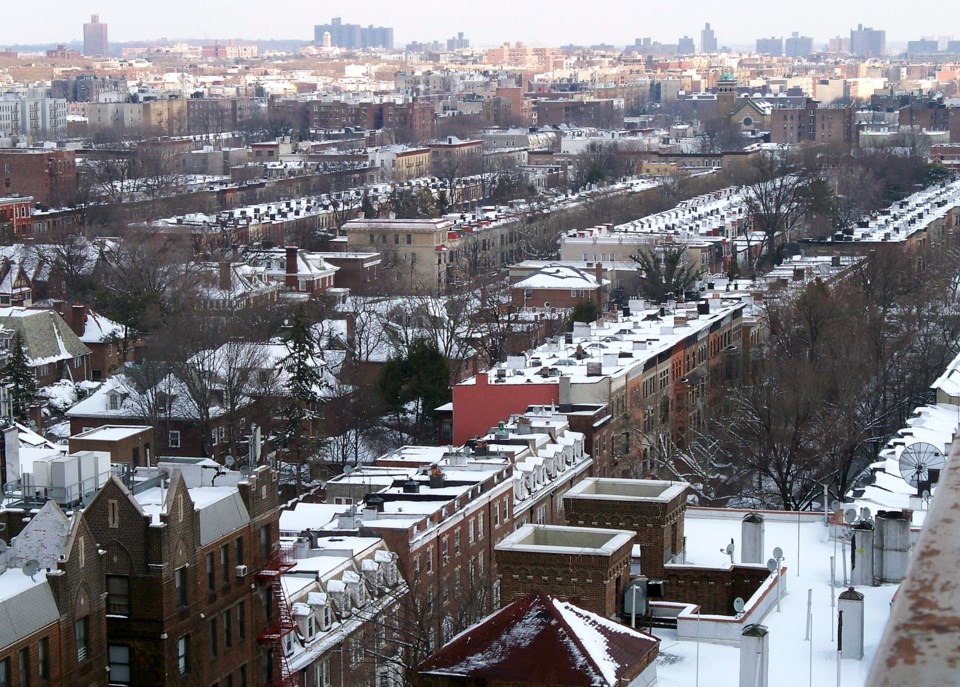New Yorkers are increasingly suffering from rising rates of respiratory and cardiovascular illness, cancer, heatstroke and early death due to the rising levels of air pollution, according to a report from air quality and atmospheric science consulting company Sonoma Technology.
The report commissioned by the environmental advocacy organization Sierra Club revealed that the maximum daily ozone pollution impacts in the New York metro area from buildings across the state rose to 65% from 2016 to 2023, according to a press release.
In the New York City metro area alone, the maximum daily ozone pollution from buildings rose 58% from 2016 to 2023.
“New Yorkers across the state deserve to breathe clean air, yet for urban residents and overburdened communities, pollution from buildings is an ever-present threat that exacerbates asthma and other chronic illnesses," said Lisa Marshall, advocacy and organizing director for New Yorkers for Clean Power. "As New York comes off of another record-breaking summer of extreme heat, policymakers should do everything in their power to provide relief."
The report attributes toxic air quality to the emission of fossil fuels including methane gas, propane or fuel oil which 85% of New Yorkers mainly use for domestic water heating.
"As pollution continues to increase, frontline communities across New York City and State are suffering from rising rates of respiratory and cardiovascular illness, cancer, heatstroke and early death,” said NY Renews Executive Director Stephan Edel.
Edel added that Governor Hochul and NYC Mayor Adams needed to act quickly to address environmental and health issues caused by climate change by implementing laws including the Climate Act (CLCPA).
Advocates recommend passing laws like the NY HEAT Act, the Bucks for Boilers Act, and the Green Affordable Pre-Electrification Fund to be passed to help cover the costs of these upgrades and creating the New Efficiency: New York program to help low- and middle-income households access up to $5 billion over four years to make their homes more energy-efficient and upgrade to electric equipment.




